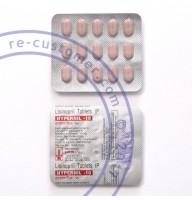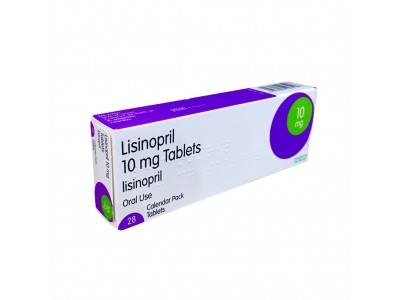There are several alternatives to lisinopril (an ACE inhibitor) that are commonly prescribed for the treatment of hypertension (high blood pressure). The choice of replacement medication depends on various factors including the individual's health status, presence of other medical conditions, and potential side effects.
Other ACE Inhibitors: There are several other ACE inhibitors available, such as enalapril, ramipril, and captopril. These medications work similarly to lisinopril by relaxing blood vessels to lower blood pressure.
Angiotensin II Receptor Blockers (ARBs): ARBs like losartan, valsartan, and irbesartan are an alternative class of medications that block the action of angiotensin II, a hormone that causes blood vessels to constrict. ARBs are often prescribed when ACE inhibitors are not well tolerated due to side effects like cough or when there are specific indications such as heart failure or kidney disease.
Calcium Channel Blockers: Medications like amlodipine, nifedipine, and diltiazem belong to this class, which work by relaxing the muscles of the blood vessels. Calcium channel blockers are effective at lowering blood pressure and are often used as an alternative or in combination with ACE inhibitors or ARBs.
Diuretics: Sometimes called water pills, diuretics such as hydrochlorothiazide (HCTZ) or chlorthalidone can be used alone or in combination with other medications to reduce blood pressure by increasing urine output and decreasing fluid retention.
Beta-Blockers: Medications like metoprolol, atenolol, or carvedilol are beta-blockers that reduce the heart rate and the heart's workload, thereby lowering blood pressure.
The choice of replacement medication should be based on an individualized assessment by a healthcare provider, taking into account factors such as overall health, other medical conditions, potential drug interactions, and any previous adverse reactions to medications. It's important for individuals switching from lisinopril to discuss alternatives with their doctor, who can provide guidance on the most appropriate replacement while ensuring effective blood pressure control and minimizing side effects.

